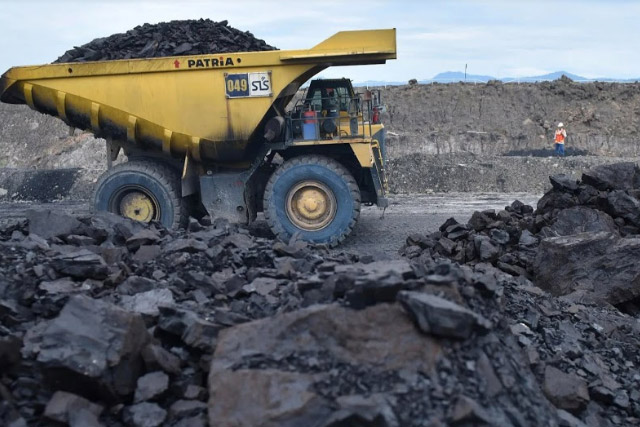According to finance minister Nirmala Sitharaman, not only fully explored coal blocks but also partially explored ones will now be auctioned, and 50 assets will soon be hammered.
This move is in recognition of the fact that state-run Coal India is expected to increase production to 1 billion tons by 2023-24.
On Saturday, the government sought to strengthen the policy liberalization measures announced for the sector over the last few years, with a host of additional incentives for potential Indian and foreign investors, while at the same time bringing India’s long-established coal mining business to an unrestricted level of trade.
According to finance minister Nirmala Sitharaman, not only fully explored coal blocks but also partially explored ones will now be auctioned, and 50 assets will soon be hammered. In addition, early production and in-situ coal gasification (syngas) and liquefaction projects will be encouraged through revenue-sharing rebates. Private investors could also seek to acquire the rights to extract Coal Bed Methane (CBM) from mines owned by the Coal India public sector.
In addition, the Government seeks to make/facilitate infrastructure investments to the tune of Rs 50,000 crore in the sector, to facilitate the evacuation of coal from pitheads.
The move recognizes that state-run Coal India is expected to increase production to 1 billion tons by 2023-24 (FY20 output was 602.2 million tonnes, down 0.8 per cent y-o – y) and private-sector output (56 mt in FY20) is likely to multiply. The proposed investment will include ‘18,000 crore worth of investments in the mechanized transfer of coal (conveyor belts) from mines to rail sidings, the Minister said.
With coal imports rising and becoming a drag on the country’s current account (imports totalled US$ 24.5 billion in FY19 and US$ 18.3 billion in April-January FY20), the government has, over the last two years, taken a number of steps to populate the sector with more investors and technology players – allowing private parties to auction coal-bearing areas for commercial minings in February 2018.
However, as these steps have not significantly improved the investment climate, in January of this year, an order was issued to make available soon, without any end-use restrictions, dozens of captive coal mines with abundant fuel reserves. Domestic and foreign steel companies, as well as local power companies, can now take part in the auctions to be held to reallocate the captive blocks canceled by the Supreme Court in 2014. To date, only 90 of the 204 blocks canceled by the apex court have been reallocated — including 60 assigned to PSUs on an appointment basis and 29 auctioned off — and only 29 of them are operational.
The new steps announced by Finance Minister Nirmala Sitharaman on Saturday are also in line with the policy to reduce the carbon intensity of the country’s economy by reducing fossil fuel emissions.
Welcoming the announcements, VR Sharma, MD, Jindal Steel and Power said, “Substituting the 250 MT of coal we import each year with domestic fuel will lead to huge forex savings and the move to promote coal-gasification will allow us to supply fuel to our power plants and fertiliser units through our own abundant domestic coal reserves.”
However, while the idea is to bring global mining giants such as BHP Billiton, Rio Tinto and Glencore into India’s coal mining sector, these firms seem to be gradually withdrawing from the sector and, as a result, do not seem to have a strong interest in India’s coal sector at this juncture. After the Cabinet decision of August 2019 allowing 100 % FDI in coal mining, Rio Tinto told FE that it “is no longer active in any form of coal production.” Mining major BHP also said, “For lack of commercial viability, we do not expect to invest in our energy coal companies.” BHP added that, “We do think this is a business whose demand will be under pressure, partly because of the transition towards cleaner air and to confront the challenge of global warming, but this is a resource that compared to some of our other commodities is in relatively high abundance, so we see squeezed margins in the future.”



































